Editor's note: As the 2022 U.N. Climate Change Summit convenes, NPR's Picture Show is featuring work by photographers that highlights the effects of climate change around the world.
As frigid wind whipped across the ship's bow, I held the railing with one hand and steadied my camera with the other. In front of me stretched the Bellingshausen Sea, off the coast of Western Antarctica. I was there — my second journey to the region around the southernmost continent — early this year on a five-week voyage as a photographic expert aboard the National Geographic Endurance. A small group of passengers and I stood on the deck together, wrapped up tightly against the below-freezing temperatures, documenting this otherworldly landscape.
Pancakes of sea ice covered the waters as far as the eye could see. A lone emperor penguin tucked its head into its chest of feathers. As we sailed past seals resting on the ice, they raised their heads and promptly slid into the water. This frozen world seemed so different and foreboding — and yet, at the same time, familiar. In a strange way, I felt connected to my subtropical birthplace thousands of miles away — in the coastal regions of southeastern Louisiana.
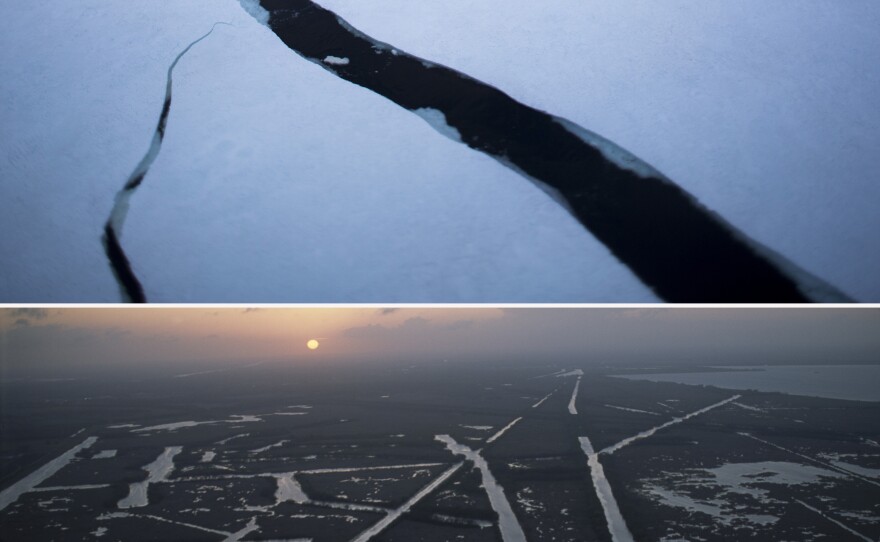
The diptychs in this essay portray this connection by pairing my images of Antarctica with those of Louisiana. It is a visual dance of rhythms and patterns of two places so far apart, and yet whose fates are inextricably linked. Because, for me, combining photographs from the two enhances my understanding of each one. Beyond connecting the two places, it's also an exercise of connecting our actions to consequences far into the future and across the globe.

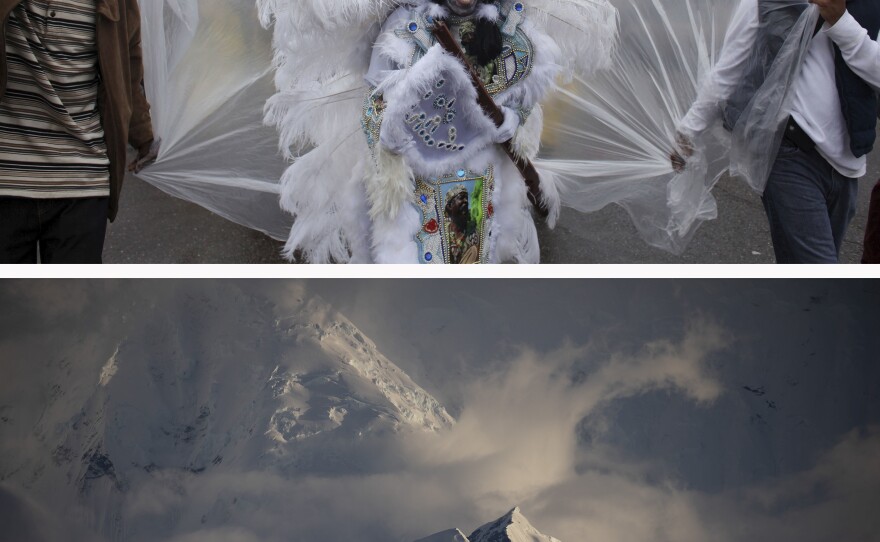
I grew up along New Orleans' 17th Street canal, running along levees and paddling pirogues in search of turtles. My brother and I watched otters play in the brackish water of a nearby swamp. Bayous and marshes bisected and surrounded the city as well as our daily lives. Over the past 20 years, I've documented the rich culture of my hometown and the coastal wetlands of Louisiana, photographing the impact of disasters on the environment and the communities it sustains.
Hurricane Katrina — once such disaster — ravaged the Gulf Coast in 2005, killing more than 1,800 people. The storm destroyed 30 square miles of coastal wetlands and burst through New Orleans' levees, flooding 80% of the city.
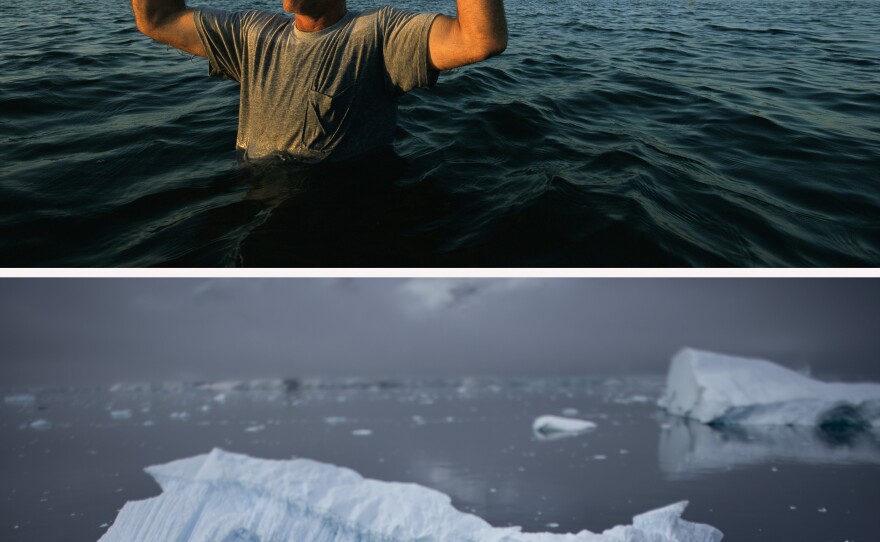
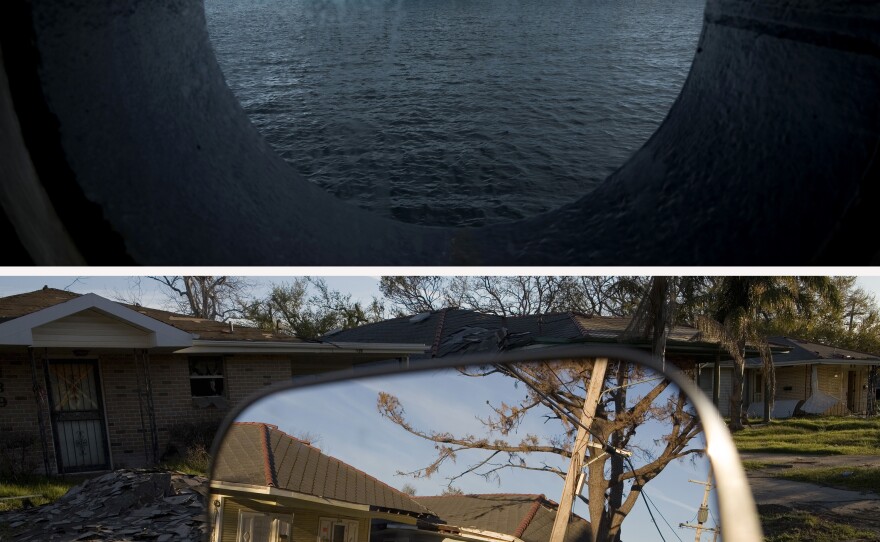
Five years later, the BP oil disaster killed 11 rig workers and pumped four million barrels of crude oil into the Gulf of Mexico — the largest oil spill in U.S. marine history. Hundreds of miles of fragile Louisiana coast were coated. The oil suffocated the vulnerable marsh grasses, whose roots hold the land in place. The vegetation died and the mud washed away, increasing existing coastal erosion by almost 300%, according to researchers at Louisiana State University.
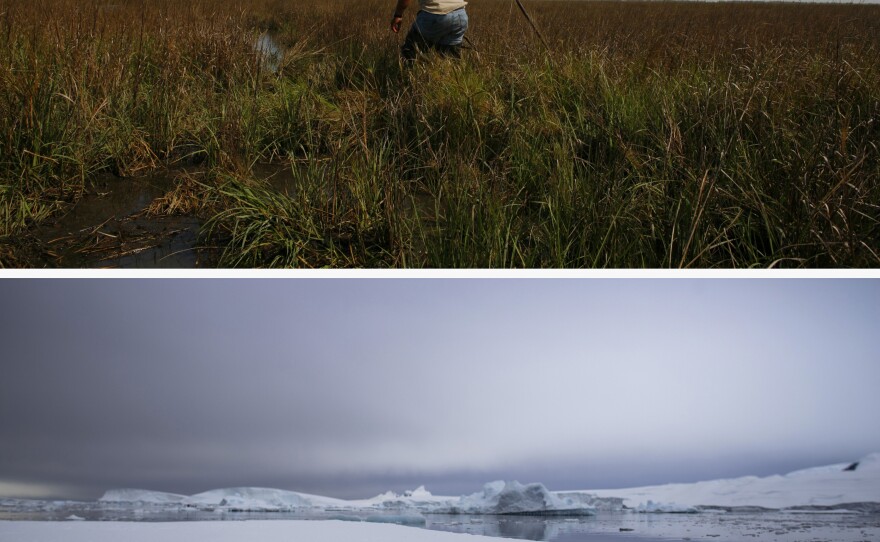
Long ago, ice shaped Louisiana. As the last ice age in North America retreated more than 12,000 years ago, melting glacial runoff carved out the Mississippi River basin. For thousands of years after that, the seasonal unfettered flooding of the Mississippi deposited sediment in the low delta region and built up the southern part of the state. Starting in the late 19th century, Congress tasked the U.S. Army Corps of Engineers with building levees to control the river to improve navigation and provide for flood protection. Paradoxically, what seemed good for urban expansion and industrialization along the Mississippi River gradually starved the wetlands of the sediment needed to rebuild and counteract natural subsidence.
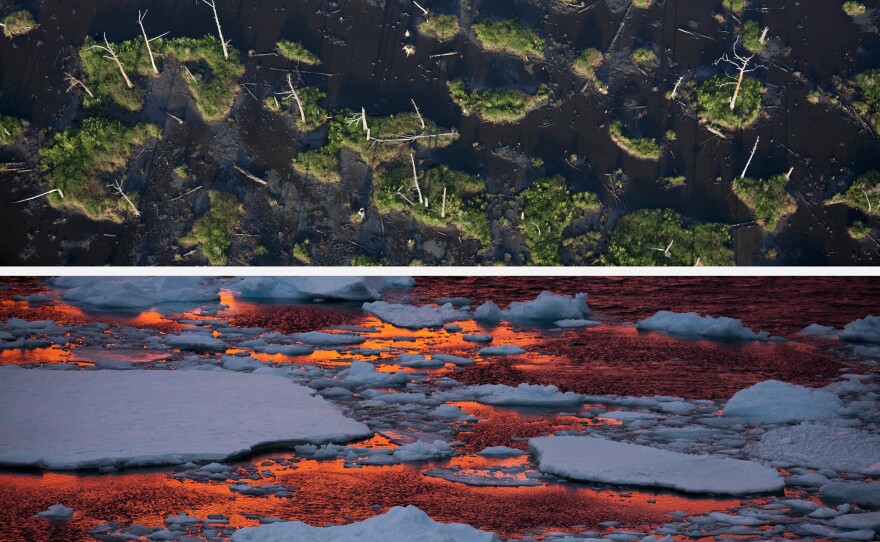
Antarctica and Louisiana share a history of extractive industries in search of fuel. At the same time the Corps was beginning its work on the Mississippi, Antarctic whales were being hunted for the oil extracted from their blubber. Over the following century, commercial whaling expanded to such an extent that several species were nearly killed off.
In the 20th century, the oil and gas industry carved up Louisiana's coastal marshes with thousands of exploration canals, accelerating erosion. The combination of levees, canals and natural subsidence all contributed to coastal land loss and reduced critical protection against hurricane storm surges. Presently, the state loses a football field's worth of land every 100 minutes, according to the U.S. Geological Survey.
The warming climate is affecting the polar regions, especially in the Arctic. However, runoff from Antarctic ice currently makes up 20-25% of global sea level rise. And warming and expanding oceans will only accelerate the glacial ice sheets' decay. As sea levels rise, scientists predict low-lying coastal areas around the world will increasingly be overwhelmed. This is true for my home state, where wetlands are the primary defense against storm surges. And levees alone will not hold back the rising waters.
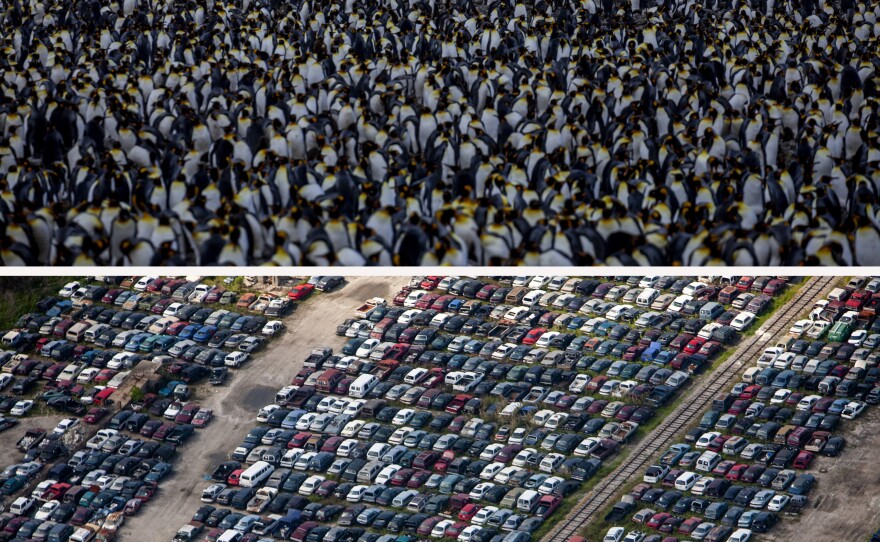
As we sailed through the Bellingshausen Sea, I marveled at the textured beauty of the frozen watery landscape. But it also felt as if a rope was running from the Antarctic ice in front of the ship to the coastal waterways of Louisiana so far away — it felt like what we've done, as humans, to accelerate climate change has pulled that rope taught. There is no slack, no lag time, between existential changes in one place on Earth and the effects those will have on another. Tug on one side, and the other will fall.

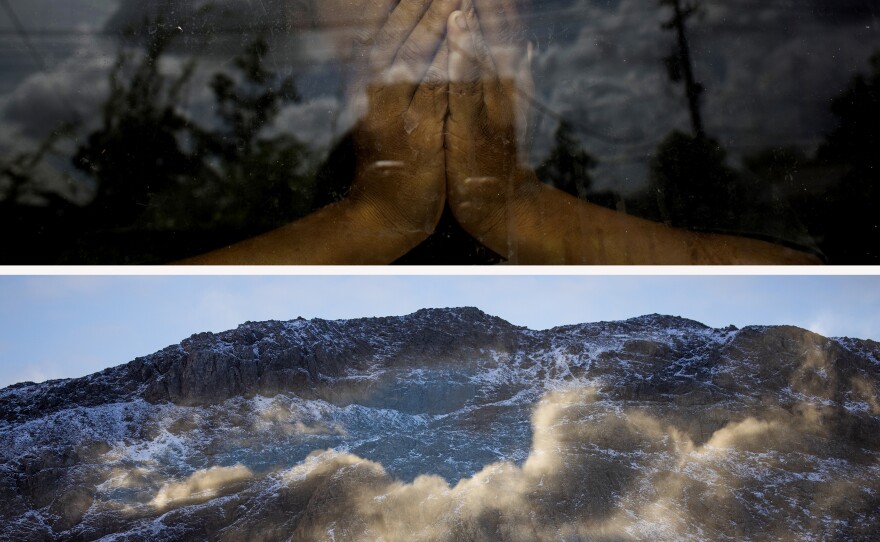
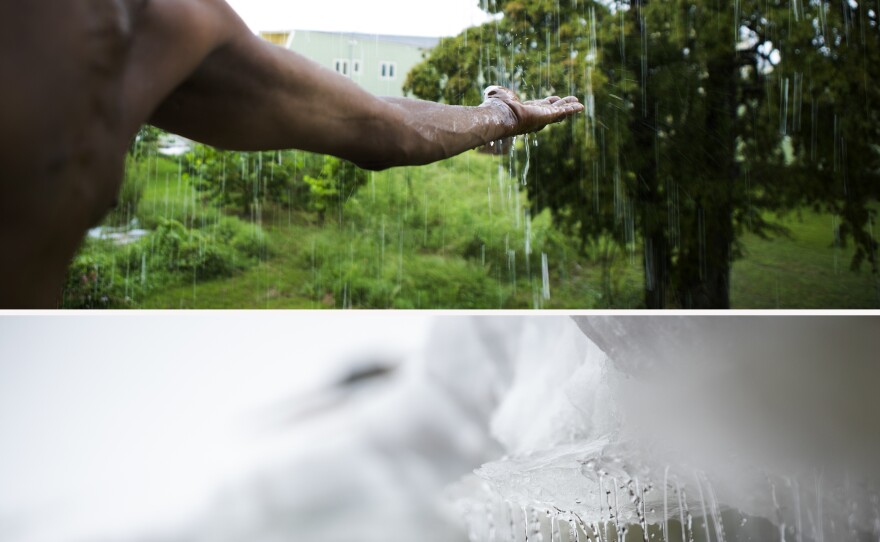
Vanessa Castillo photo edited this story.
Zach Thompson text edited this story.
Tyrone Turner is a photographer whose work has explored the relationship between humans and the environment for nearly two decades. He is currently a visual storyteller and editor with WAMU and DCist in Washington, D.C. Follow him on Instagram at @tyronefoto.
Copyright 2023 NPR. To see more, visit https://www.npr.org. 9(MDAzMjM2NDYzMDEyMzc1Njk5NjAxNzY3OQ001))






